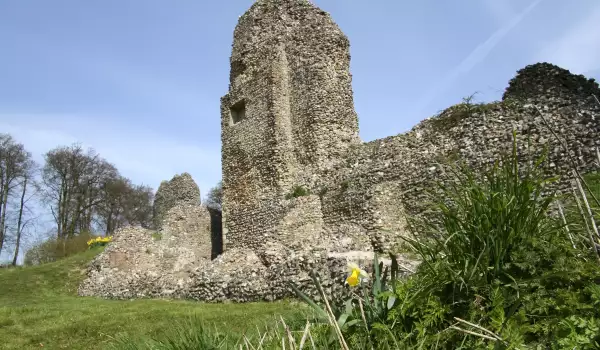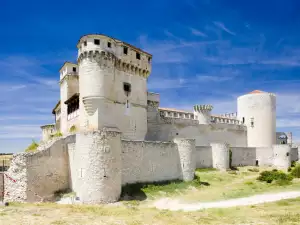Berkhamsted Castle

Berkhamsted Castle is one of the most significant, strong and important early medieval buildings in England. Today, the massive fortification of Berkhamsted unfortunately remains in only parts of the defensive wall and the ruins of the palace.
Berkhamsted Castle is located near the eponymous town in the southwestern English county of Hertfordshire.

The original building at the site of today's ruins of Berkhamsted was erected as early as the Saxon English possessions in these areas. Later the original wooden building was replaced by a stone castle. Berkhamsted Castle was built by Robert of Mortain, who was the half brother of William the Conqueror in the early 11th century.
In the period 1155-1165, Thomas Becket, who was chancellor of Henry II became the owner of Berkhamsted. It was he who replaced the wooden ramparts of the castle with the new stone.
More improvements in the defensive structure of Berkhamsted Castle were made by King John, who added more firewalls on the south side of the fort, and round towers along the main wall. These fortifications were put to the test when in 1216 the castle was besieged by French King Louis, during his attempts to attack the British throne.
Berkhamsted Castle managed to resist for two weeks at the French siege, but was finally defeated by the powerful ejection guns.
Subsequent rulers of the castle Berkhamsted also imported a number of improvements in the building. Among them was Richard, who was Duke of Cornwall, who erected a three-storey tower on the west side of the fence fortifications.
In the late 15th century the power of Berkhamsted weakened and after 1495 it no longer had any military significance. In 1838 it was destroyed along with the outer gate of the fortress, which lied southwest of the entire media complex.















